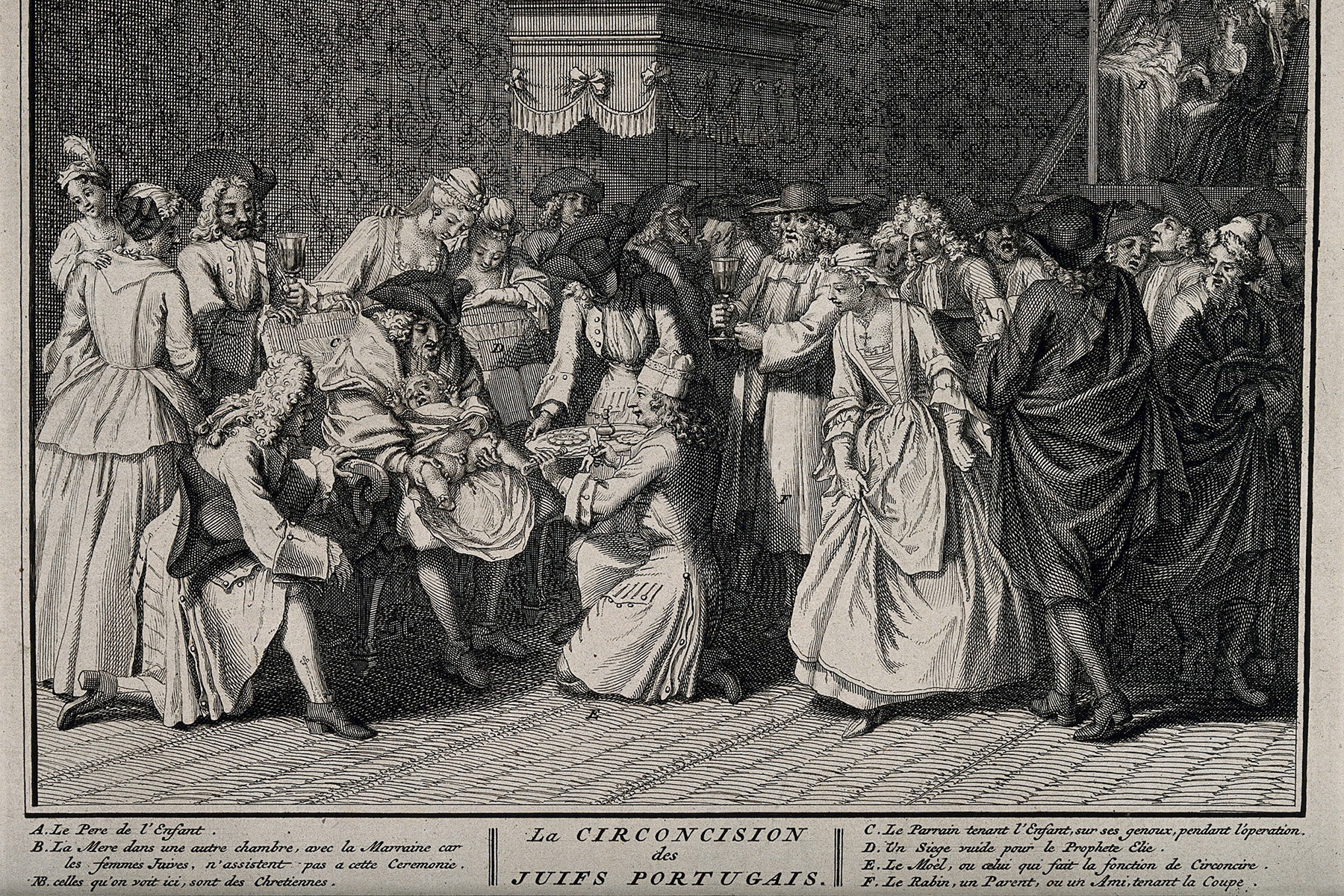Header Image: Illustration by @piavandenbeuken
Every three and a half weeks, I bleed. I am actually bleeding as I write this, as are millions of women around the world. I am not on birth control because at the moment I don’t want anything influencing my hormones (though I was on a birth control pill for nearly 10 years, and there are so many different reasons that women may take a pill or have an IUD). This means that I get my period every 3-4 weeks, suffer cramps the first day, bleed heavily on days one and two, before lightening up and then subsiding on day 4 or day 5. I am pretty lucky, because my cramps are not debilitating, and after the first few hours of (sometimes substantial) pain, I am mostly okay. Some women are almost completely out of commission on the first day or two of their periods, and many who take hormonal birth control solutions still suffer cramps and bleed heavily.
The way a menstruating woman is treated varies drastically around the world.
If you live in a country or class that grants ready access to menstrual products, being on your period may not mean much, and many women may want to—and be fully able to—hide the fact that they are on their period at all. Barring the abdominal discomfort and anxiety about leaking onto your jeans, life probably continues more or less as usual. But having proper and sanitary ways to control your monthly flow of blood is a luxury not afforded to all women and girls. Many young women may be unable to attend school or work during their periods due to lack of resources and appropriate products. In some cases, girls may drop out of school all together to avoid the stigma and shame of menstruating. In still other parts of the world, religious tradition prevents women from participating in everyday life while on their periods: Muslim women may be excluded from prayer, Hindu women barred from entering temples, and Jewish and Christian women separated from their husbands because of purity laws.
Where I sit, in London, periods have become pretty mainstream.
Men don’t visibly squirm if a woman mentions her period, and most people are aware of various menstrual products as well as the realities of a period, from cramps to mood swings to navigating bloody sex. But even here, as well as in my past home in New York, taboos, secrecy and shame still surround these monthly visits from Aunt Flow.
This is because period taboo runs deep, trickling back through the ages, when women were witches and their period blood was dirty, poisonous, terrifying and magical all at once. Rumor has it that Pliny the Elder believed that contact with menstrual blood could turn wine sour and kill swarms of bees (he is also known for writing Natural History, a 37-book tome on “the nature of things”). To be fair, periods are pretty weird, and even though I know why my body does it, there is something a bit strange about bleeding from my vagina every single month. Biological men will never experience blood dripping out of their genitals as part of a healthy, natural, monthly cycle, so I can understand why menstruation was (and maybe is) so scary. Seeing the reaction that men had to periods, it’s no surprise that stigmas were built around them, and that women wanted to hide them. It is a shame, though, because these taboos lasted well into the 20th century, and continue to haunt our culture and our psyches.
Though women no longer need to fear men screaming and running away from them when they are menstruating, it also isn’t something that we openly talk about—to men or women, for that matter.
If I have a cold, I have no problem telling my male or female manager that I’m feeling sick, but if I have my period and don’t feel well, I may not be comfortable offering up that piece of information, even though periods are more commonplace than colds. If my bag were to open up in a restaurant and tampons were to spill all over the ground, I would be slightly embarrassed about it, though I’m not sure why.
A few years ago, when I was still living in New York, I mentioned to a friend that I wanted to start using a menstrual cup instead of tampons. She rolled her eyes and said, that’s very you. Very me—because I’m a bit of an eco freak, with certain hippie tendencies, and who else would want to use a cup? She also voiced what I have heard from many other women, which is that it’s just a bit gross to use a menstrual cup, because it involves putting our fingers inside our bodies, getting a bit of blood on ourselves, and maybe getting way too familiar with our own nether region. But in this way, women themselves feed into the stigma around periods by wanting to keep them at an arm’s length, or at least a finger’s length.
But it turns out menstrual cups are amazing (personal opinion) and they might be the answer to period poverty, taboos and shame (partly personal opinion, but hear me out).
So, why use a menstrual cup? I thought you’d never ask. Let me count the ways…
They’re environmentally-friendly.
My menstrual cup was completely plastic-free—it came to me wrapped in a cute little pouch, encased in a cardboard box. You use the same cup each month, so you don’t need to constantly replace your period products, and the cup itself is made from silicone, which is somewhat more sustainable than plastic, and you only need to replace your cup fully every few years.
They’re sanitary.
Though doctors have different opinions about whether a cup is more or less sanitary than a tampon, it is sanitary nonetheless. While on your period and actively using your menstrual cup, you can rinse it out with soap and water or change it in the shower and give it a good wash. If you aren’t able to do this right away (if you are in a public toilet), it is still safe to empty the cup out into the toilet and reinsert it, and then wash it the next time you are next to a sink or in the shower. Between cycles, you can fully sanitize it by boiling it in water for 10 minutes.
They’re easy.
At least in my experience, they collect more blood than a tampon absorbs, which means you don’t need to change it as frequently. You also don’t need to carry around pads or tampons with you everywhere you go.
They’re cheaper.
Though each purchase of a menstrual cup (around £20) is more expensive than each purchase of a box of tampons or pads (£2-3), after 1 year of use, the cup has already paid for itself, and you may be able to use your cup for more than a year (I have been using mine for over a year).
They’re enlightening.
Hear me out. When you use a pad or a tampon, you don’t really know how much you’re bleeding, or what that blood looks like, because it all gets absorbed straight into the cotton and then thrown in the bin. The first time I dumped out a full menstrual cup, I was shocked at the amount, color and consistency of the blood. Not because it was unusual in any way (I assume), but because I’d never seen it like that before. I also learned how much it all changed over the course of my period, and I now feel like I know my body a little bit better.
They’re vag-friendly.
While tampons can dry out the vagina and absorb natural flora, or even shed some of the material and serve as a breeding ground for bacteria, menstrual cups leave well enough alone. In my personal experience, this means fewer incidences of thrush (known as yeast infections in the US) and/or BV (bacterial vaginosis).
And what if we can get menstrual cups out to under-served regions around the world, who suffer because of lack of access to period products? What if girls could continue going to school once they start menstruating, and have a sustainable, sanitary and low-waste solution to their periods? Why wouldn’t we do this? (It turns out, many are, and the number of menstrual cup companies that donate their cups to poor and rural countries continues to increase).
I know menstrual cups aren’t a silver bullet to all the woes of womanhood, nor are they likely to eradicate centuries of stigma overnight. But from where I’m sitting (menstrual cup inserted and all), they’re better for the planet, better for our wallets, and—at least in my experience—better for our vaginas.




